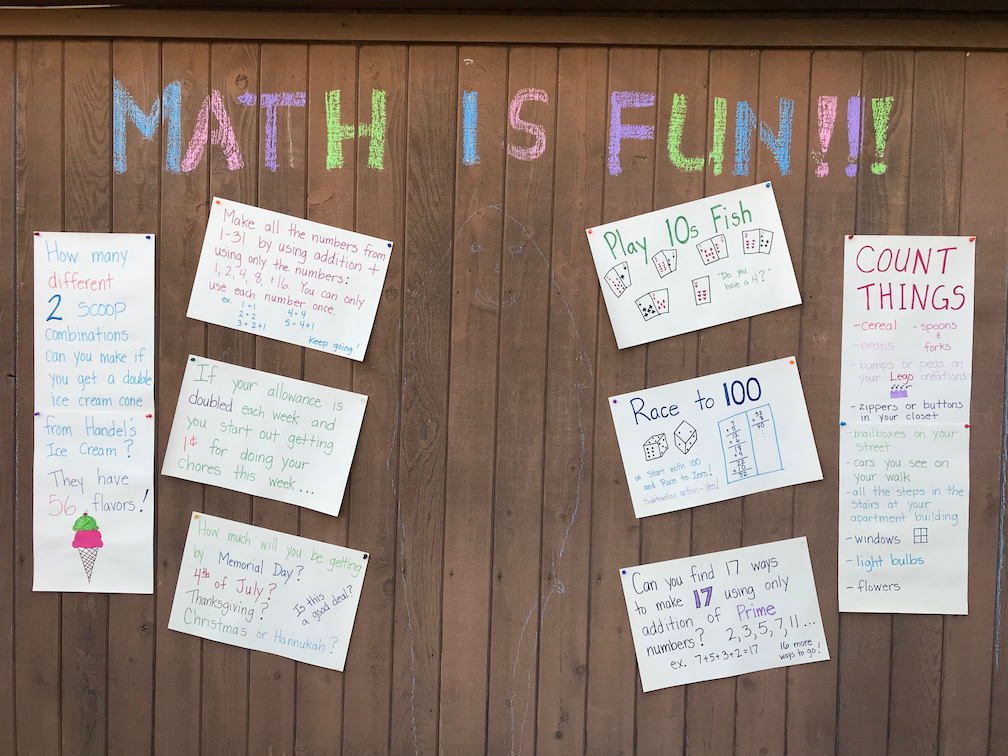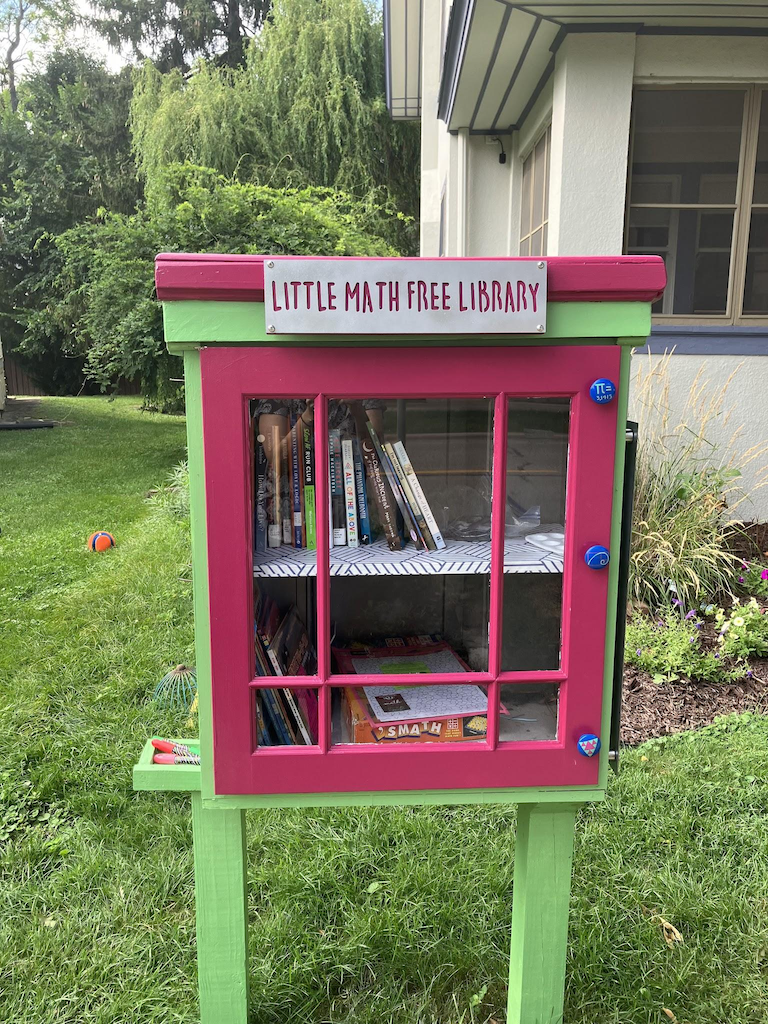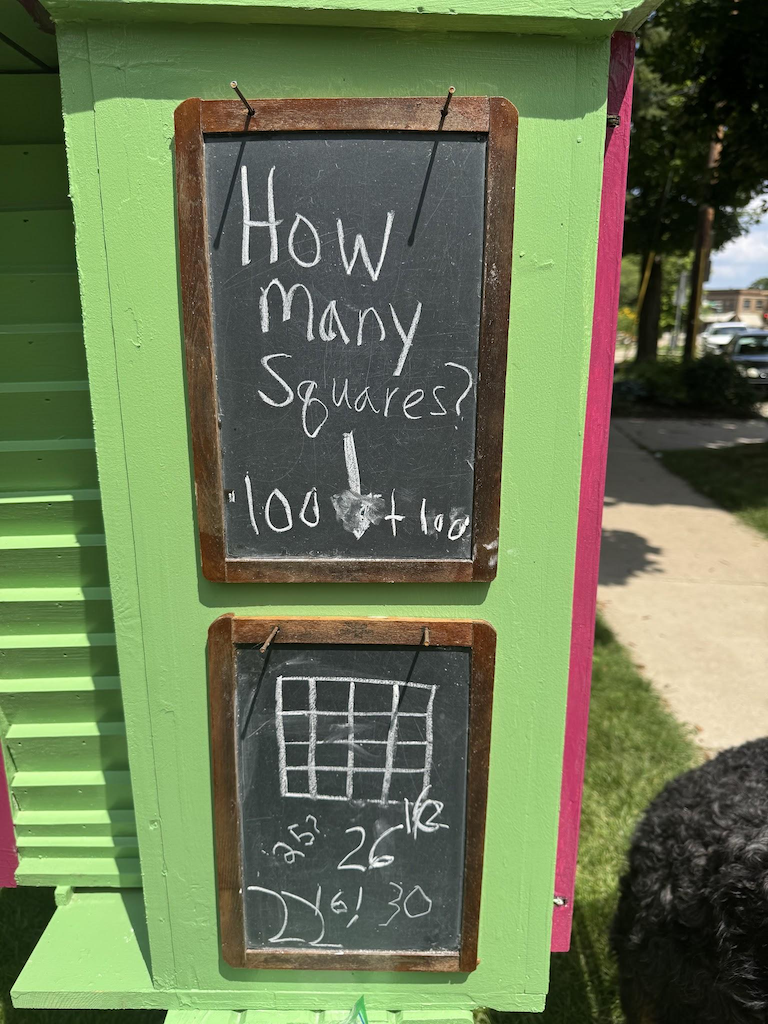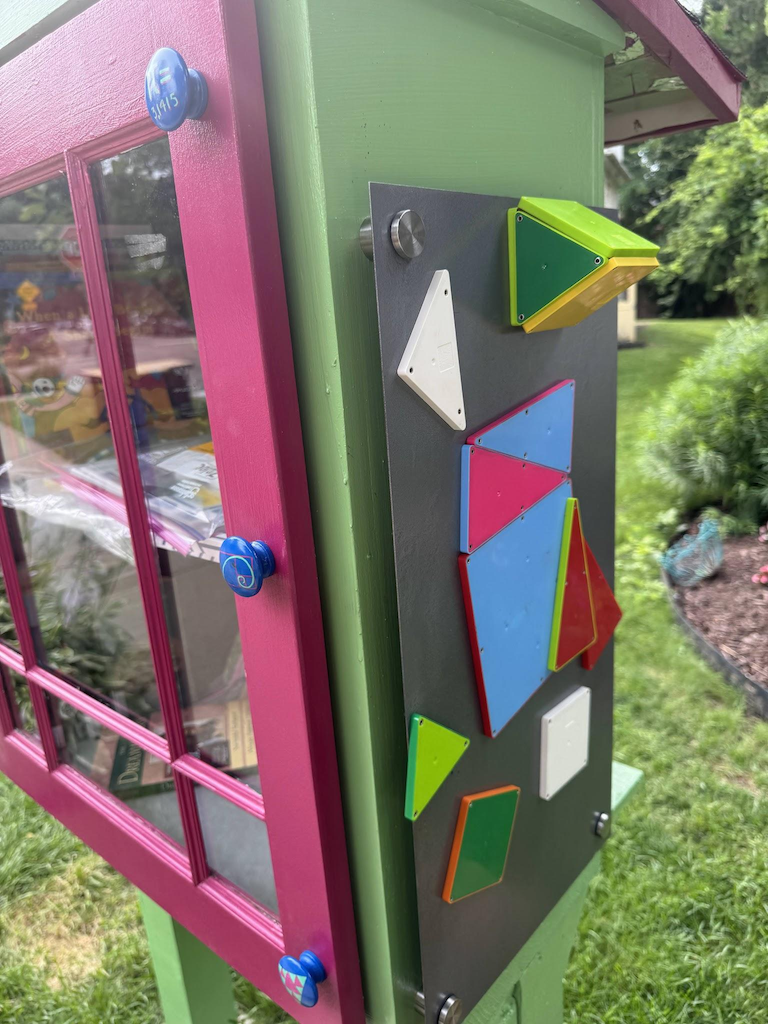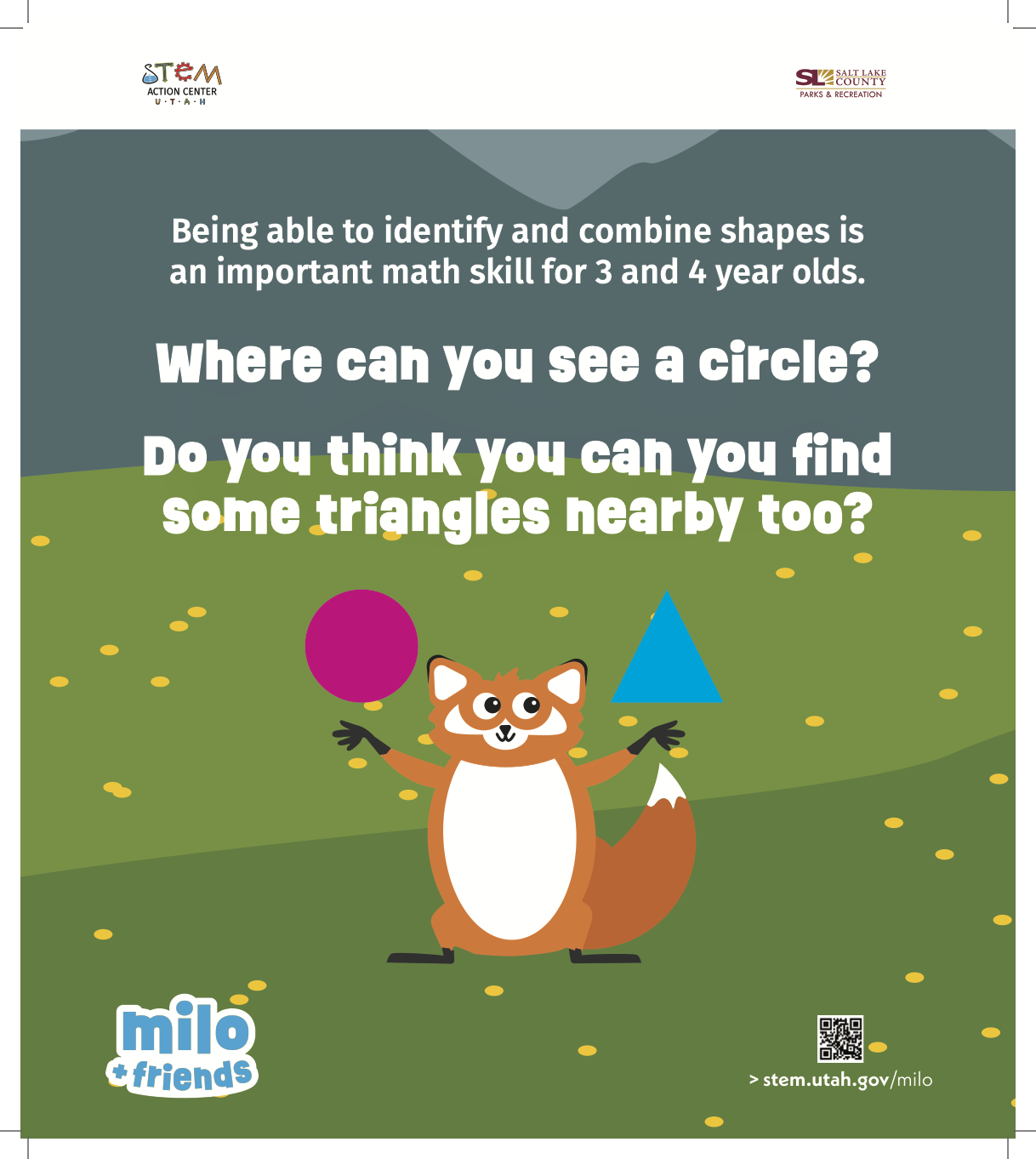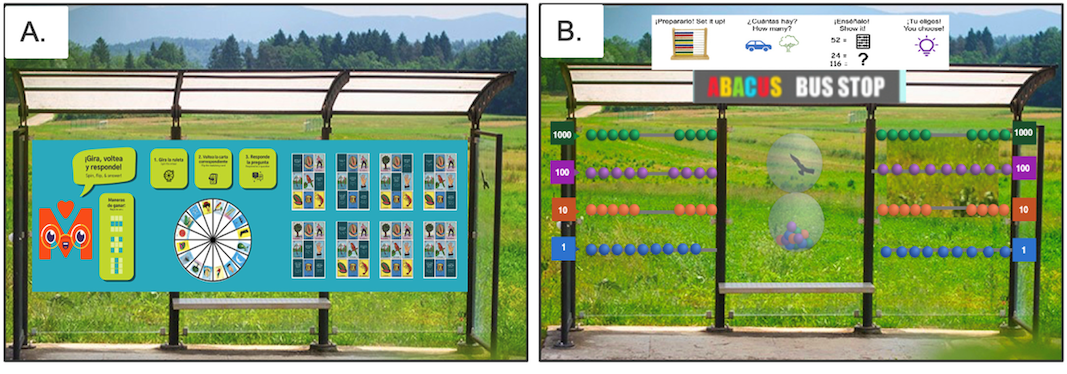October 2025
Welcome to EFM's October Newsletter!
Read, Count, Play – Every Child, Every Day!
It is essential that every caregiver in the world reads books and does math with their young children!
EFM believes in every child’s mathematical right to equity, opportunity, and personal fulfillment.
News
EFM App – New Version – I’m very pleased to announce that a new version of the free EFM app is available from the app stores. It has the same basic content as before, but it is now available in 12 languages – Arabic, Chinese (Simplified, Traditional), English, French, Greek, Japanese, Korean, Portuguese, Russian, Spanish, and Turkish. Also, a pernicious bug has finally been removed (which makes me a lot happier). Enjoy! If you have feedback about the app, we’d love to hear from you.
Alternating EFM Newsletter Authors – Erin Wahler-Cleveland and I have decided to alternate months as authors of the EFM newsletter. I hope you enjoy our different points of view and writing styles.
Individuals Putting Math in Public Spaces
My Neighbor’s Garage Door
Early in the pandemic, I was walking by a nearby neighbor’s home and I saw my first example of an individual putting math in a public space. My neighbor, who is a school teacher, wanted to communicate her love for math in the only way she had available to her at the time – she decorated her garage door, as shown in this photo.
It warmed my heart to see such unbridled enthusiasm for math being put on public display. It also gave me a great reason to stop by and discuss math with her.
Early math education has yet to find the Reading Rainbow moment that early reading had. Until something big catches people’s imagination and attention, what we can do now is share our love of math with those around us and help others see how wonderful and important math education is.
Neighborhood Math Libraries
In the EFM August newsletter Jessica Breur shared her vision of a free math library, which is similar to neighborhood boxes of the Little Free Library movement. Not only does her library lend out math books and games, it also has space on the sides for communicating math puzzles, ideas, and geometric shapes to play around with.
Sidewalk and Construction Site Puzzles
Sandra Rogers of Dunedin, New Zealand, noticed that her neighborhood did not have the right age range for it to benefit from a Neighborhood Math Library. So, she started putting math puzzles in places people would walk through.
Here’s an example of her taking an EFM puzzle playing card and drawing the puzzle in chalk on the sidewalk. Notice how she put the answer around the corner so people could have a chance to think about it before seeing the answer. She reports that some people have returned back to each puzzle to check out why their answer did not match the given answer. She also reports that the EFM puzzle playing cards work well for this because they are already designed to have a brief presentation. More generally, there’s a Sidewalk Math movement that you may enjoy looking into in a search engine.
Here’s another example where she took a fence put up around a construction site and put up a math puzzle on one of its panels. The children are clearly captivated by it!
Math Walks and Math Trails
These titles, which can be used with internet search engines to find lots of examples, often indicate more organized and serious methods of putting math into public spaces. They are often connected with school academics and may even have prepared lesson plans associated with them. These are typically more formal and require more effort than the more spontaneous and individual contributions I have been highlighting; however, I don’t mean to suggest that there is anything wrong with them.
Signage From Organizations
The following are examples of what larger organizations have done in some public spaces. These organizations take advantage of their budgets and access to places like parks and bus stops to create more long lasting and professional displays. While not within the range that most individuals can match, they can be the basis for inspiration.
STEM Action Center Utah Math Signs
My colleague Clarence Ames together with his STEM Action Center “Milo and Friends” program are always looking for ways to get math into the public eye. Here are some signs they put up in Wheeler Historic Farm that combine math questions for children with educational advice for the caregivers.
Math Signs in Parks
Putting up a math game, such as tic-tac-toe, in playgrounds is becoming more common. Here is an example of a child reading about how weights compare on earth and on the moon.
Playful Learning Landscapes
Playful Learning Landscapes Action Network is dedicated to supplying what its name says. They have redesigned basketball courts and other public places. Here are examples of mockups of ideas for bringing math to a bus stop.
Wrapping Up
Whether you are an individual or part of a bigger institution, there are ways for you to display your joy in doing math and to invite other people to enjoy this wonderful journey with you. Sparking curiosity and interest in your own neighborhood is a great way to get the ball rolling, and who knows where it might lead! Maybe you can have a neighborhood math block party?
Please write to me with your ideas and describe math you’ve seen in public spaces (with pictures!).
If you have any questions or comments, please send them our way! We would enjoy the opportunity to chat with you. Also, if you are interested in collaborating with us or supporting us in any fashion, we would love to talk with you about ways we can work together!
October 18, 2025
Chris Wright
Chris@EarlyFamilyMath.org
Twitter | Facebook | Instagram
Early Family Math is a California 501(c)(3) nonprofit corporation, #87-4441486.

